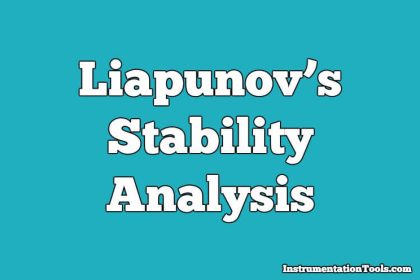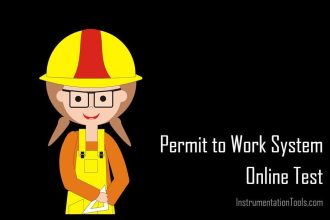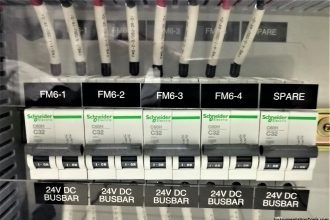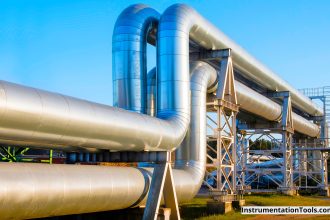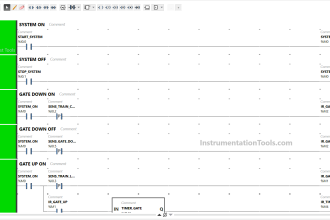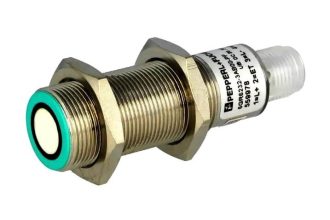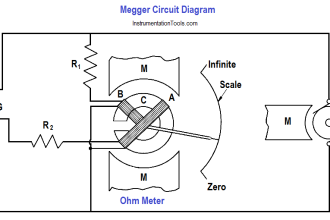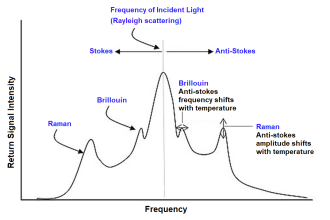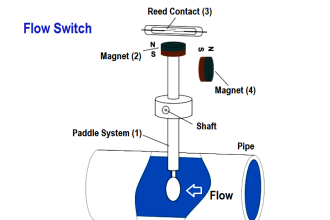IR Instrumentation Questions & Answers
1. Which of the following is not a source used in Mid Infrared Spectrophotometer?
a) Nernst glower
b) High pressure mercury arc lamp
c) Globar
d) Nichrome wire
Answer: b
Explanation: High pressure mercury arc lamp is used as the source for Far IR Spectrophotometer. Rest of the options are used as source in Mid Infrared Spectrophotometer.
2. Which of the following is the wave number of near infrared spectrometer?
a) 4000 – 200 cm-1
b) 200 – 10 cm-1
c) 12500 – 4000 cm-1
d) 50 – 1000 cm-1
Answer: c
Explanation: The wave number of near infrared spectrometer ranges between 12500 – 4000. Wavenumber is the reciprocal of wavelength.
3. Which of the following options are correct in terms of wavelength for the different types of IR spectrometer?
a) Near IR: 0.8 – 2.5 mm
b) Mid IR: 0.8 – 2.5 mm
c) Far IR: 2.5 – 50 mm
d) Mid IR: 50 – 100 mm
Answer: a
Explanation: Wavelength of near IR is 0.8 – 2.5 mm and for mid IR it is 2.5 – 50 mm. The wavelength of far IR is 50 – 1000 mm.
4. Which of the following is not a composition of Nernst glower or Nernst filament?
a) Oxides of Zirconium
b) Oxides of Barium
c) Oxides of Yitrium
d) Oxides of Thorium
Answer: b
Explanation: Oxides of Barium is not present in Nernst glower. They are constructed by fusing oxides of Zirconium, yitrium and thorium.
5. What is the composition of Globar rod which is used as a source in Mid IR spectroscopy?
a) Silicon carbide
b) Silver chloride
c) Silicon dioxide
d) Silver carbide
Answer: a
Explanation: Globar is a silicon carbide rod. It is 5mm in diameter and 50mm long.
6. Bolometer, a type of detector, is also known as:
a) Resistance temperature detector (RTD)
b) Thermistor
c) Thermocouple
d) Golay cell
Answer: b
Explanation: Bolometers are also known as thermistors. It is a type of resistance thermometer constructed of metals such as platinum or nickel.
7. Which of the following is not a technique for preparing solid samples in IR spectroscopy?
a) Solids run in solution
b) Mull technique
c) Solid films
d) Thin films
Answer: d
Explanation: Four techniques are generally used to prepare solid samples. They are: Solids run in solution, Mull technique, Solid films and pressed pellet techniques.
8. Which of the following is not used as pyroelectric material used in pyroelectric transducers in Infrared spectroscopy?
a) Triglycine Sulphate
b) Deutrated Triglycine Sulphate
c) Some Polymers
d) Tetraglycine sulphate
Answer: d
Explanation: Pyroelectric materials are deutrated triglycine sulphate, triglycine sulphate and some polymers. They give rise to a potential when subjected to a heating or cooling effect.
9. Which of the following is the principle of Golay cell which is used as a detector in IR spectroscopy?
a) Expansion of gas upon heating
b) Increase in resistance due to increase in temperature and vice versa
c) Temperature difference gives rise to a potential difference in the material
d) Decrease in resistance due to increase in temperature
Answer: a
Explanation: It is also known as pneumatic detector. The gases expand on heating and this in turn leads to the movement of a diaphragm just like in pneumatic sensors.
10. In a solid sample treatment technique, the finely ground solid sample is mixed with mineral oil to make a thick paste which is then spread between IR transmitting windows. What is the name of this solid sample treatment technique?
a) Pressed pellet
b) Mull technique
c) Solid films
d) Solids run in solution
Answer: b
Explanation: The mentioned technique is Mull technique. This method is used for qualitative analysis but not quantitative analysis.




